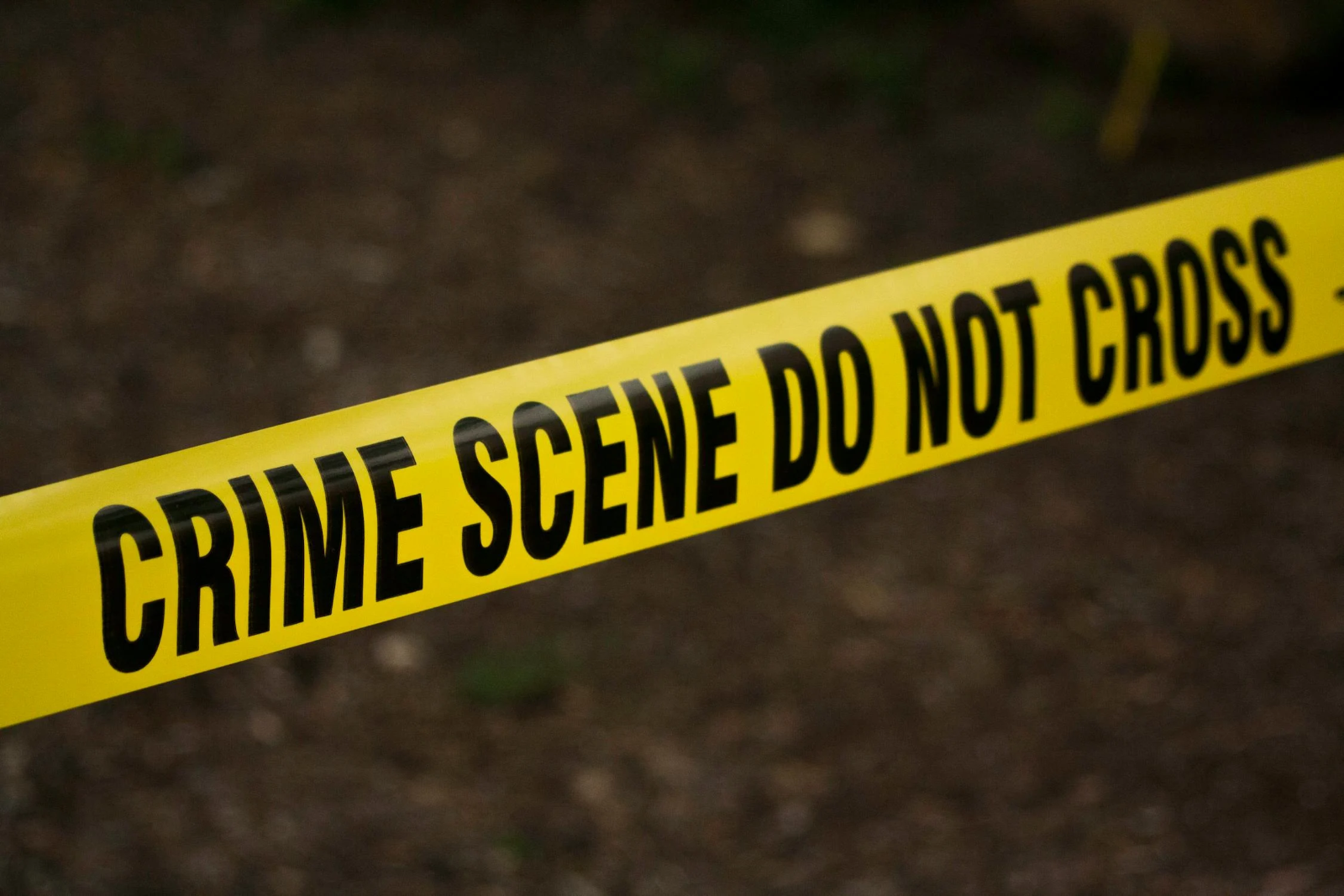
What is the defence of provocation and when can it be used by defendants? In this article, we will discuss SCC rulings that define this type of defence

In criminal cases involving first or second degree murder in Canada, the defence of provocation can only be applied in certain situations. However, there were times when the lower courts accepted this form of defence. The Supreme Court of Canada (SCC) has either reversed or upheld rulings made by trial-level and appellate courts to correct such errors.
Legal professionals and law students who wish to better understand the defence of provocation can refer to decisions made by the SCC that involve provocation. In this article, Canadian Lawyer will highlight significant cases where SCC rulings clarify when defence of provocation should be put forward. We will closely examine this type of defence as well as its requirements. We’ll also explore the difference between defence of provocation and self-defence.
Defence of provocation is a partial defence that can be used by a defendant who is charged with murder. It applies in situations where the defendant killed someone but was provoked in a way that caused them to lose control and act in the heat of passion.
This type of defence recognizes that in certain highly emotional situations, even a normally law-abiding person may lose control. In essence, the law acknowledges the possibility of a person committing a grave act such as killing someone if they are provoked.
If a defendant is able to successfully argue the defence of provocation, it may result in a conviction for manslaughter rather than murder. This is because the provocation is seen as reducing the defendant's moral culpability, even though it does not fully excuse the killing.
To know more about the defence of provocation in Canadian criminal law, watch this video:
Crimes of passion (also called ‘hot-blooded crimes’) are wrongful acts committed in the heat of passion, hence its name. These types of crimes deal with the intent and emotion of the perpetrator of the unlawful act. It constitutes a more grievous crime such as taking the life of another without the intent to commit the same; but was done due to certain highly emotional situations.
The defence of provocation is related to crimes of passion in the sense that the person who did the unlawful act can put the defence forward to mitigate their punishment. They can also use it and argue that they were provoked—which is why they committed the crime.
The defence of provocation aims to differentiate crimes of passion, such as manslaughter, from more calculated murders. Manslaughter is a lesser crime than murder since the former does not have premeditation.
Premeditation is defined in murder as the planning and deliberation of taking a person’s life. This makes murder a more heinous crime than manslaughter. An individual can be charged with murder if they intend to commit this grave offence. It means they considered doing it first before committing it.
On the other hand, a person who is charged with manslaughter does not have the intent to do it nor did they plan or consider taking the life of the victim. This is why provocation can be used as a defence to reduce the conviction of murder to manslaughter. The defendant can argue that they did not have the premeditation to commit the crime and instead, they did it due to being provoked.
In dealing with the defence of provocation, trial judges should not put forward defences to the jury that have no air of reality. This was stated by the Supreme Court of Canada in two rulings handed down in 2013. These SCC decisions can be found in the cases of R. v. Pappas and R. v. Cairney.
In R. v. Pappas, the victim had been extorting money from Bill Pappas for 18 months by threatening to tell the Canada Revenue Agency (CRA) about his offshore investments. The victim had also threatened to hurt Pappas’ mother.
In an attempt to stop the extortion, Pappas confronted the victim. “You’re the best cash out I have, and I got great [explicit] insurance,” the victim said.
That remark allegedly caused Pappas to snap and so he fatally shot the victim.
In R. v. Cairney, John Cairney shot and killed his friend after he overheard the victim threatening to hurt his cousin. The victim was also the common-law spouse of his cousin.
When Cairney pulled a gun on him, the victim said, “what are you going to do, shoot me? You don’t have the guts to shoot me.” Cairney claimed this is what provoked him.

In both cases, the SCC determined that there was no air of reality. As such, the defence of provocation cannot be applied. Also, it should not have been left with the jury.
“The idea of provocation is somebody says or does something unexpected and before you have a chance to cool down, you act in a homicidal way,” said Daniel Brown, a criminal lawyer from Toronto.
He said that the top court’s rulings clarify when the defence of provocation should be put to the jury.
“The SCC said there is no absolute rule that a person who instigates a confrontation cannot rely on the defence of provocation,” Brown said. “It’s not necessarily new law, but it just clarifies the idea that the defence of provocation is still available to somebody who starts an instance with another person.”
On behalf of the majority in the Cairney case, former SCC Chief Justice Beverley McLachlin wrote: “If this air of reality test is met, the judge should leave the defence to the jury. While judges must ensure that there is an evidential foundation for the defence, they should resolve any doubts as to whether the air of reality threshold is met in favour of leaving the defence to the jury.”
In the case of Pappas, McLachlin said: “In cases where there is a real doubt as to whether the air of reality test is met, the defence of provocation should be left to the jury. However, this principle does not exempt the trial judge from engaging in a limited weighing of the evidence, where appropriate.
“The fact remains that the trial judge exercises a gatekeeper role in keeping from the jury defences that have no evidential foundation. Defences supported only by bald assertions that cannot reasonably be borne out by the evidence, viewed in its totality, should be kept from the jury.”
Judges should err on the side of caution in putting forward these defences to the jury even when it’s a close call, according to Brown. In these two cases, the SCC determined they were not close calls.
“Where the same type of conduct has been going on and really nothing new comes out of these particular words, that can’t amount to provocation,” said Brown, referring to what the high court said in Pappas.
And in Cairney, the SCC said: “When somebody induces a particular set of actions and the other person responds with an action that would be expected, that can’t be provocation.”
Interested to know more cases related to this type of defence? Watch this video about the defence of provocation, including cases that should have gone to the Supreme Court of Canada but didn’t:
There are four requirements for an alleged offender to put the defence of provocation to the jury, according to the Criminal Law e-book as shared by Canadian Legal Information Institute (CanLII):
In the 2010 case of R. v. Tran, these four requirements for provocation were reiterated and summarized into two elements: objective and subjective.
Objective: For the defence of provocation to be put forward, there must be a wrongful act or insult of such a nature that it is sufficient to deprive an ordinary person of the power of self-control.
Subjective: The defence of provocation also requires that the accused act upon that insult on the sudden and before there was time for his passion to cool.
The defence of provocation is a partial defence to the charge of murder (first or second degree). It could lessen the crime to manslaughter if the court ruled in favor of the defendant.
On the other hand, self-defence is a legal right of every citizen in Canada to protect themselves and their property from harm. This fundamental right is upheld by law, particularly in the Criminal Code of Canada. It states that a person who defended themselves or another is not liable for an offence if:
The key to knowing when to apply this defence is whether there is an air of reality. As stated in R. v. Cinous, this kind of test is done to block “outlandish defences” from being put forward to the jury.
The defence of provocation can be presented to the jury only if the defendant can prove that the four requirements were present and if it passes the air of reality test.
If you are interested in reading other criminal cases and SCC decisions like those above, bookmark criminal law on our Practice Areas page.
Do you know other cases where the defence of provocation were put forward to the jury? Tell us about them in the comments section below.